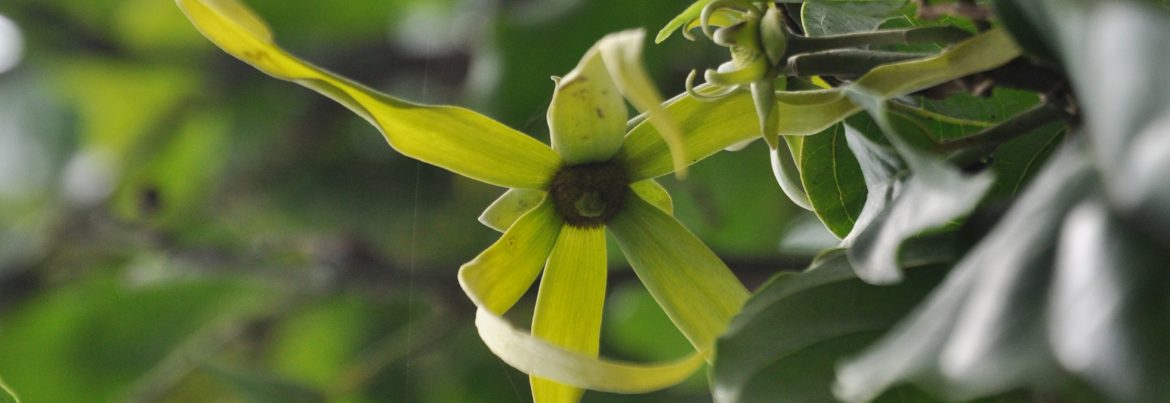18th July 2019
Summer is a time for floral aroma ingredients and nothing brings to mind the calming scent of a summer’s meadow quite like lavender. This...

15th July 2019
Do you know your Ylang from your Ylang?….Aside from sounding like an 80’s pop band, Ylang Ylang (pronounced “ilang-ilang”) is a highly prized flower whose essential oil has been used in many prestige women’s fragrances. Its name means “flowers of flowers” in Tagalog (a Philippine language).
Native to the rainforests in South-Eastern Asia, ylang-ylang, or Cananga odorata, can now be found from India to Papua New Guinea, from Australia to Mayotte in the Comoros Islands in the Indian Ocean.
The French first became aware of this powerful flower at the end of the 18th century. It has become a key export for Mayotte since the early 20th century so much so that the country is developing its commercialization, research and tourist industry.
This yellow, star-shaped flower with long petals is distilled with fresh water through a still that is often heated with wood. Twenty-five kilos of flowers are needed to make just 500g of oil!
Flowering between November to March, the flowers are picked early in the morning to preserve their intoxicating aroma. As they are quite fragile, they are processed straight away. A simple essential oil requires a short distillation. Ylang Ylang Complete essential oil is obtained by a long steam distillation (usually 10 hours) of the flowers. This Complete essential oil has floral and jasmine notes but is deemed less intoxicating than its other forms.
The different grades of oil are determined by the length of time it is distilled. For example, Ylang Ylang Extra is created after about 1-1/2 hours of distillation. It is said to contain approximately 30 constituents, with a high proportion of esters, ethers and phenols.
Taking the Extra and distilling another two hours or so, you then produce Ylang Ylang I (grade one). This contains increased amounts of geraniol, geranyl acetate, and b-caryophyllene.
After three hours of distillation, you get Ylang Ylang II and after six hours of distillation, Ylang Ylang III. These grades are denser in nature, less volatile and have longer staying power. These are usually used by perfumers as a base or middle note.
Ylang Ylang Absolute is the result of a solvent extraction of the flowers. Dark green in colour with a pourable viscosity, its odour goes straight to the heart of a fragrance.
Extremely sweet and spicy, Ylang Ylang has blessed these sensual and timeless French fragrances: Chanel N°5, Poison de Dior, Opium by Yves Saint Laurent, Chamade de Guerlain, and l’Air du Temps by Nina Ricci.
Considered a very sensual and relaxing aphrodisiac, is it no wonder that Indonesians have traditionally laid out Ylang Ylang flowers on the bed of newlywed couples?
The essential oil is believed to help with stress, high blood pressure and anxiety. In traditional Eastern medicine, it was used to treat stomach ailments. In Victorian and Edwardian times, it was used as a hair conditioning oil just showing the multiple benefits of this enchanting oil.
Zanos supplies Ylang Ylang and other 100% natural and organic ingredients from our trusted supplier, Payan Bertrand, based in Grasse. As well as other natural ingredients, we have also been distributing in competitively-priced aroma chemicals for nearly 20 years.
We are happy to help you find what you are looking for. Email webenquiries@zanos.co.uk or speak to our Sales Specialists on 01565 755899.